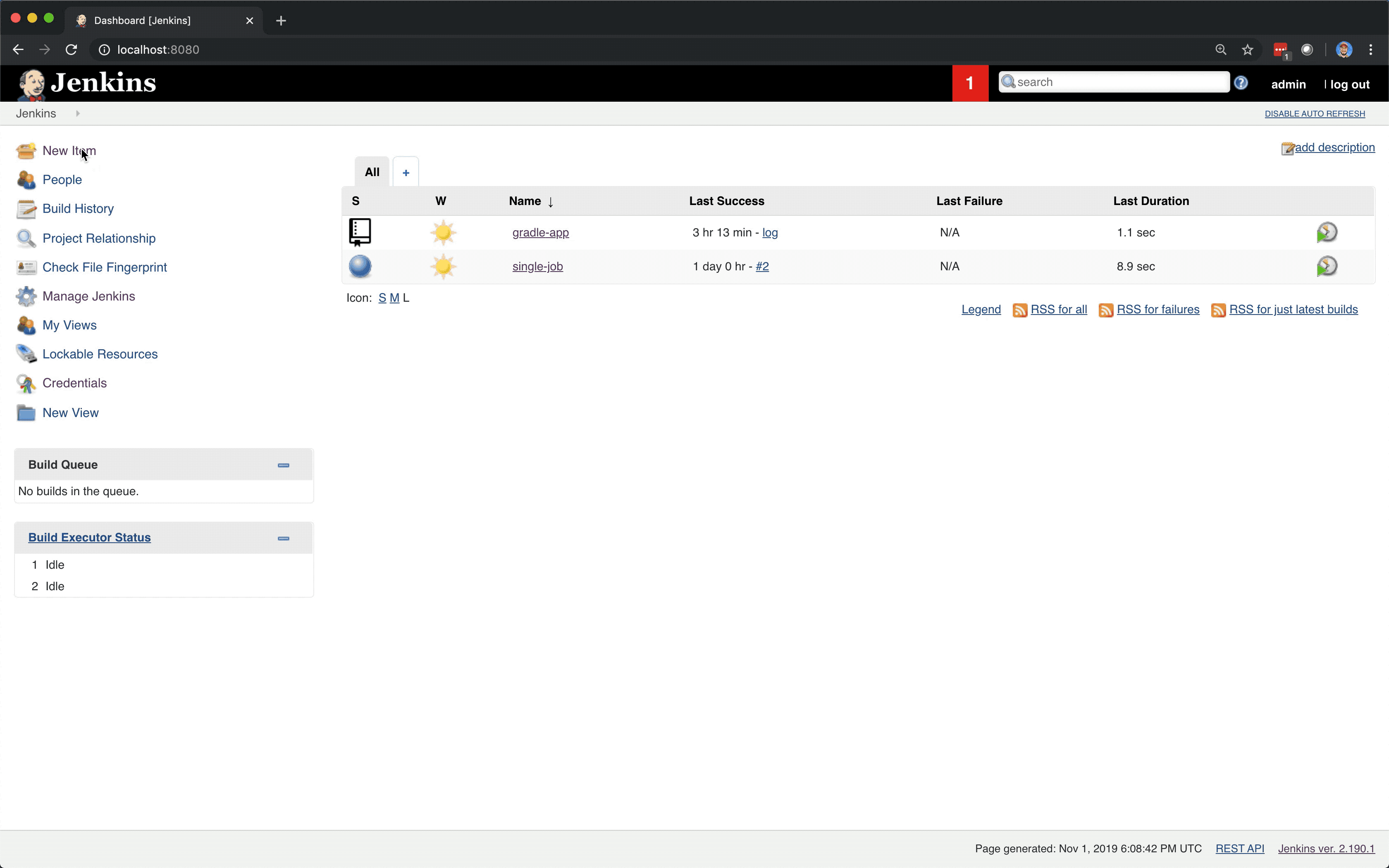Apply to Multiple GitHub Repositories
Next up, we’ll see how to apply the same template to two different applications that are using different tools.
Let’s walk through how you would setup JTE to this situation where one application is using maven, the other application is using gradle, and both applications are using SonarQube.
Create a New GitHub Repository
We already have a pipeline configuration repository that has our pipeline template, pipeline configuration file, and pipeline libraries as well as a repository that represents an application using gradle.
Follow the same procedure as before when creating the gradle application’s repository to create a maven application repository named jte-the-basics-app-maven.
Modify the Pipeline Configurations
Now that there are multiple applications with some configurations that are common and some configurations that are unique, we need to introduce the concept of pipeline configuration aggregation.
Modify the Governance Tier Configuration File
We need to edit the pipeline configuration file (pipeline_config.groovy) we created earlier to represent the common configurations that will be applied to both apps and explicitly allow these applications to add their own configurations.
@merge libraries{
sonarqube
}|
In this configuration, both applications are using SonarQube. Since this is a common configuration, we’ll leave it in the Governance Tier’s configuration file. The application repositories will each get their own Since we want to allow these apps to add additional configurations, we need to be explicit about that by annotating the |
|
When aggregating pipeline configurations, JTE applies conditional inheritance during the aggregation process. To learn more on conditional inheritance, read the docs. |
Create a Pipeline Configuration File for the Maven Application
In the jte-the-basics-app-maven repository we just created, add a pipeline_config.groovy file at the root that specifies you want to load the maven library.
libraries{
maven
}|
Since this application will inherit the global configurations defined in the Governance Tier, we don’t have to duplicate the configuration of loading the sonarqube library in the repo level pipeline configuration. |
Create a GitHub Organization Project
We created a Multibranch Project that automatically created jobs for every branch and Pull Request in a repository.
Now, we’ll create a GitHub Organization Project that can automatically create Multibranch Projects for every repository within a GitHub Organization.
-
From the Jenkins home page, select
New Itemin the lefthand navigation menu -
Select a name for the job.
-
Select
GitHub Organizationthe clickOKat the bottom of the screen -
Select the GitHub credential under the
Credentialsdrop down menu -
Enter your GitHub username under the
Ownerfield -
Under
BehaviorsclickAddthen underRepositories(not to be confused withWithin Repositories), selectFilter by name (with wildcards) -
Enter
jte-the-basics-app-*in theIncludetext box (assuming you’ve following the naming recommendations of the application repositories) -
Under
Project Recognizershit the red X to delete thePipeline JenkinsfileRecognizers -
Under
Project RecognizersselectAddand clickJenkins Templating Engine -
Click
Save
After creating the GitHub Organization job in Jenkins, you will be redirected to the logs of the GitHub Organization being scanned to find repositories that match the wildcard format entered during job creation. This will scope the repositories for which jobs are created to just this lab’s application repositories.
Once scanning has finished, go view the GitHub Orgnization’s job page in Jenkins and you will see two Multibranch Projects have been created for jte-the-basics—app-gradle and jte-the-basics-app-maven.
Explore each of these jobs to see that the gradle repository’s pipeline loaded the gradle library and the maven repository loaded the maven library and both pipelines loaded the sonarqube library.

|
We just created a configuration where multiple applications used the same pipeline template, shared a common configuration, but still have the flexibility to choose the correct build tool for their application. |
